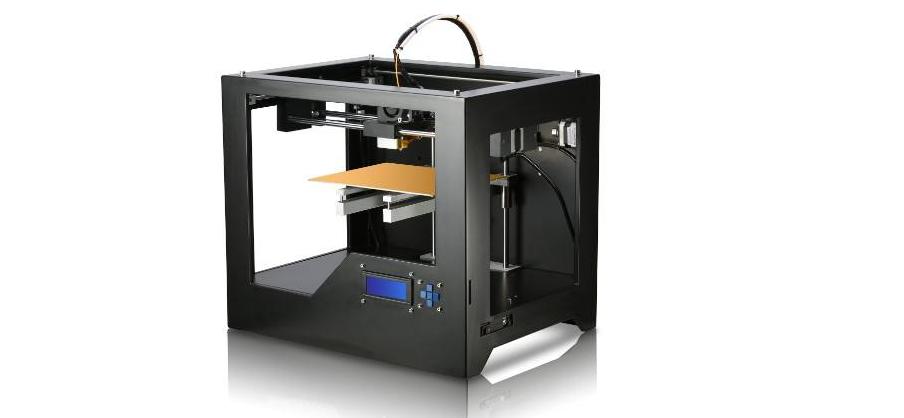AR/VR display chip and related intelligent hardware / LCOS micro projection display chip
LCOS micro projection display chip
Overview
Spatial Light Modulation (LCOS-SLM) is the core display technology of AR/VR/MR and the commanding height of the AR/VR/MR industry development. As the benchmark of AR head-mounted display devices, Google Glass and HoloLens both adopted LCOS micro-display technology. AR glasses need to achieve a big breakthrough, which is to enable users to wear comfortably, carry around, while display a large-screen image in front of the eyes, and render realistic 3D content into the real world to create an immersive experience. The comprehensive display effect (brightness, FOV, resolution), volume and weight are the key considerations for the future development of AR display. Thus diffraction waveguide is the trend for the next 3 to 5 years. However, the only display technology that matches it and results in the best comprehensive display effect is LCOS.
LCOS micro-displays are widely used in HUDs. Since LCOS display allows 5A (Anyway, Anywhere, Anytime, Any size, Any Surface) projection, it has the biggest advantage of enabling users not looking away from road ahead." Traditional information on the center console and instrument panel can be projected onto the front windshield of the car to avoid unsafe hidden dangers caused by the owner's low head operation. In addition, the introduction of augmented reality technology can make the effect of HUD more vivid. Through the GPS positioning of the car and the judgment of the position and direction of the electronic compass, all the shops, restaurants, signal lights, speed limit signs, etc. around the vehicle can be projected onto the front windshield in a graphical manner. In addition, LCOS microdisplays are also used for in-vehicle projection to provide passenger entertainment. The suitability of LCOS in the aerospace industry is almost limitless. The Cockpit Applications and HUD in the cockpit provide the pilot with the necessary information to keep his focus on aircraft navigation for added safety and convenience.

LCOS microdisplays are small in size and provide high-resolution images, making them ideal for state-of-the-art medical inspection, anatomy and surgery in gastroscopes, radiology, neurology, and microscopy. Key applications for LCOS microdisplays in biotechnology include: optical or laser tweezers and microscopy, which can range in size from human cells to 1/1000 of human hair. Applications include in vitro fertilization and Cancer research, etc. LCOS can also be used for optical measurements such as 3D digitization, 3D-digitizing, 3D-surface inspection (3D metrology).

LCOS microdisplays are small in size and provide high-resolution images, making them ideal for state-of-the-art medical inspection, anatomy and surgery in gastroscopes, radiology, neurology, and microscopy. Key applications for LCOS microdisplays in biotechnology include: optical or laser tweezers and microscopy, which can range in size from human cells to 1/1000 of human hair. Applications include in vitro fertilization and Cancer research, etc. LCOS can also be used for optical measurements such as 3D digitization, 3D-digitizing, 3D-surface inspection (3D metrology).
